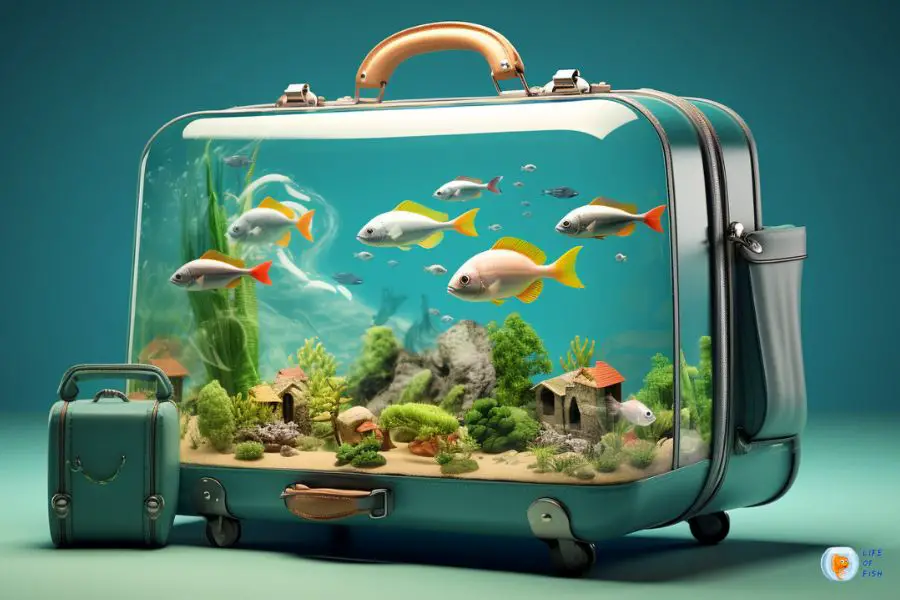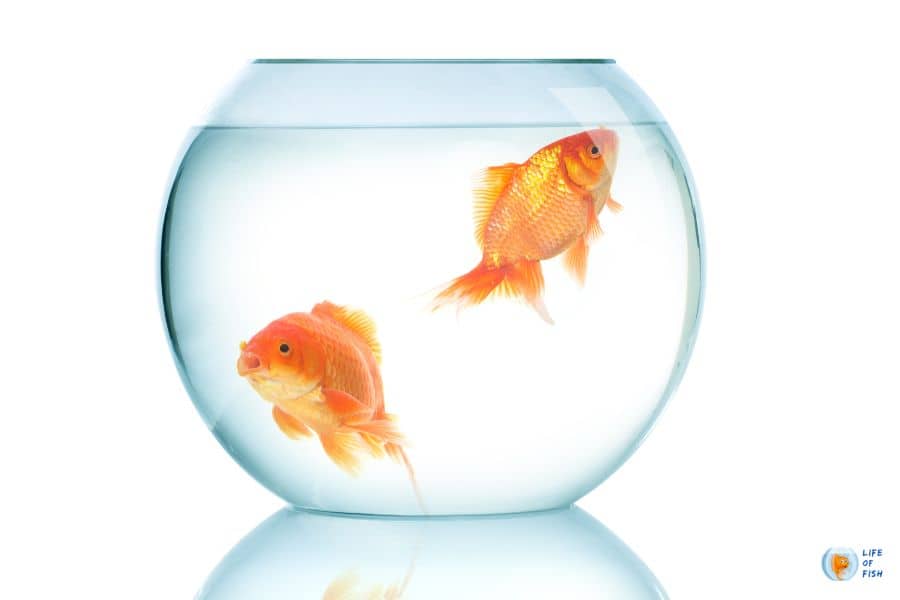As a devoted fish owner, the excitement of planning a vacation is often accompanied by the concern of ensuring my aquatic friends are well taken care of in my absence. Over time, I’ve explored various options and strategies to feed my fish while away, and I’ve discovered a few reliable methods to keep them happy and healthy.

In this guide, I’ll share my experiences and insights on how to feed your fish when you go on vacation, covering different approaches and considerations.
1. Hiring a Professional Fish Sitter:
Jump To
One of the most reassuring options I’ve found is hiring an experienced fish sitter. If your trip extends beyond a week or if you own saltwater aquarium fish, this could be an ideal solution. I usually connect with a professional pet sitter who has expertise in caring for fish. The cost, averaging around $20 per hour, is well worth the peace of mind.
Before finalizing a fish sitter, I consult my veterinarian or local fish supply store for recommendations. Online platforms like Petsitter.com, House Sitters of America, and TrustedHousesitters are also excellent resources. Having a reliable fish sitter is crucial not only for feeding but also for monitoring the tank’s overall health.
To ensure a smooth experience for the sitter, I simplify their responsibilities:
- I keep the feeding routine straightforward, avoiding complex tasks like hatching brine shrimp.
- Clear expectations are communicated in advance, often in writing, and I leave a note with specific instructions.
- Food portions are pre-measured and labeled, minimizing the risk of overfeeding.
- I prepare extra water in advance to account for potential evaporation during my absence.
- I provide contact information, ensuring easy communication in case of emergencies.
2. Opting for a Casual Fish Sitter:
For shorter trips or when on a budget, I turn to friends, family, or neighbors to check on my aquarium.
This is especially suitable for freshwater setups with simpler fish tank arrangements, such as betta fish or goldfish. The cost is usually around $10 per visit, and it’s a great way to involve someone I trust.
Preparing for a casual fish sitter involves a bit of troubleshooting:
- I keep instructions simple and clear, focusing on checking the tank’s appearance, feeding, and monitoring water levels if necessary.
- To prevent overfeeding, I hide extra food and provide pre-portioned bags labeled with feeding schedules.
- I leave a contact number for easy communication, either directly or through a trusted fishkeeping friend.

3. Embracing Technology with an Automatic Fish Feeder:
Being a tech enthusiast, I’ve found automatic fish feeders to be a game-changer. Priced between $25 and $60, these devices offer a convenient and reliable way to ensure my fish are fed regularly.
The feeder can be programmed to dispense food at specified intervals, and there are various types available, from continuous dispensers to timed portion dispensers.
While automatic feeders provide a hands-free solution, I’ve learned to be cautious:
- I set the feeder to the minimum amount of food necessary to avoid overfeeding.
- Regular checks ensure the feeder is functioning correctly and hasn’t jammed.
- I prefer models that allow me to portion out meals in advance for precise feeding control.
4. Exploring Vacation Fish Feeders:
As an alternative to automatic feeders, vacation fish feeders or feeder blocks come in handy. Costing around $2 to $6, these slow-release feeding blocks provide a simple solution, but they come with certain risks.
According to my experience, these feeders tend to be low in nutrition and can potentially foul the water. Fish might also ignore them, leading to inconsistent feeding. To minimize risks, I follow these precautions:
- I use vacation feeders only for established, healthy, adult cold-water fish.
- I consider the potential impact on water quality and the feeding habits of my fish before using these blocks.
5. Skipping Fish Food Altogether:
In certain situations, letting my fish go without food during a short vacation is a viable option. Most adult fish can safely go without food for a week or two, and overfeeding is often a more significant concern than underfeeding.
Factors to consider include:
- Fish age, with newly hatched fish requiring more frequent feedings.
- Water temperature, as warmer water usually demands more frequent feeding.
- Activity levels, with some species requiring more regular feedings than others.
In such cases, I make sure to perform partial water changes before leaving, clean the filtration system, and leave the aquarium in optimal condition.
Prepping the Aquarium Before Departure:
Regardless of the feeding method chosen, preparing the aquarium is crucial for a stress-free vacation. Here’s my checklist:
- Perform a partial water change a week before leaving to ensure optimal water quality.
- Top off the aquarium with water the day before departure.
- Check and clean the filtration system to guarantee smooth operation.
- Examine the fish for any signs of illness and consult with a professional if needed.
- If using a fish sitter, measure food into a dispenser for easy daily feeding.
Conclusion:
As a fish owner, going on vacation doesn’t have to be a source of stress. With careful planning and the right approach to feeding, I’ve successfully ensured my fish remain healthy and happy in my absence.
Whether it’s hiring a professional fish sitter, relying on a friend, embracing technology with automatic feeders, exploring vacation feeders, or even allowing my fish to skip a few meals, the key is to tailor the approach to the specific needs of my aquarium and fish.
By following these strategies, I can enjoy my vacations knowing that my aquatic companions are in good hands.
Read Next: How Long Can Fish Survive Without Food? Correct Answer
